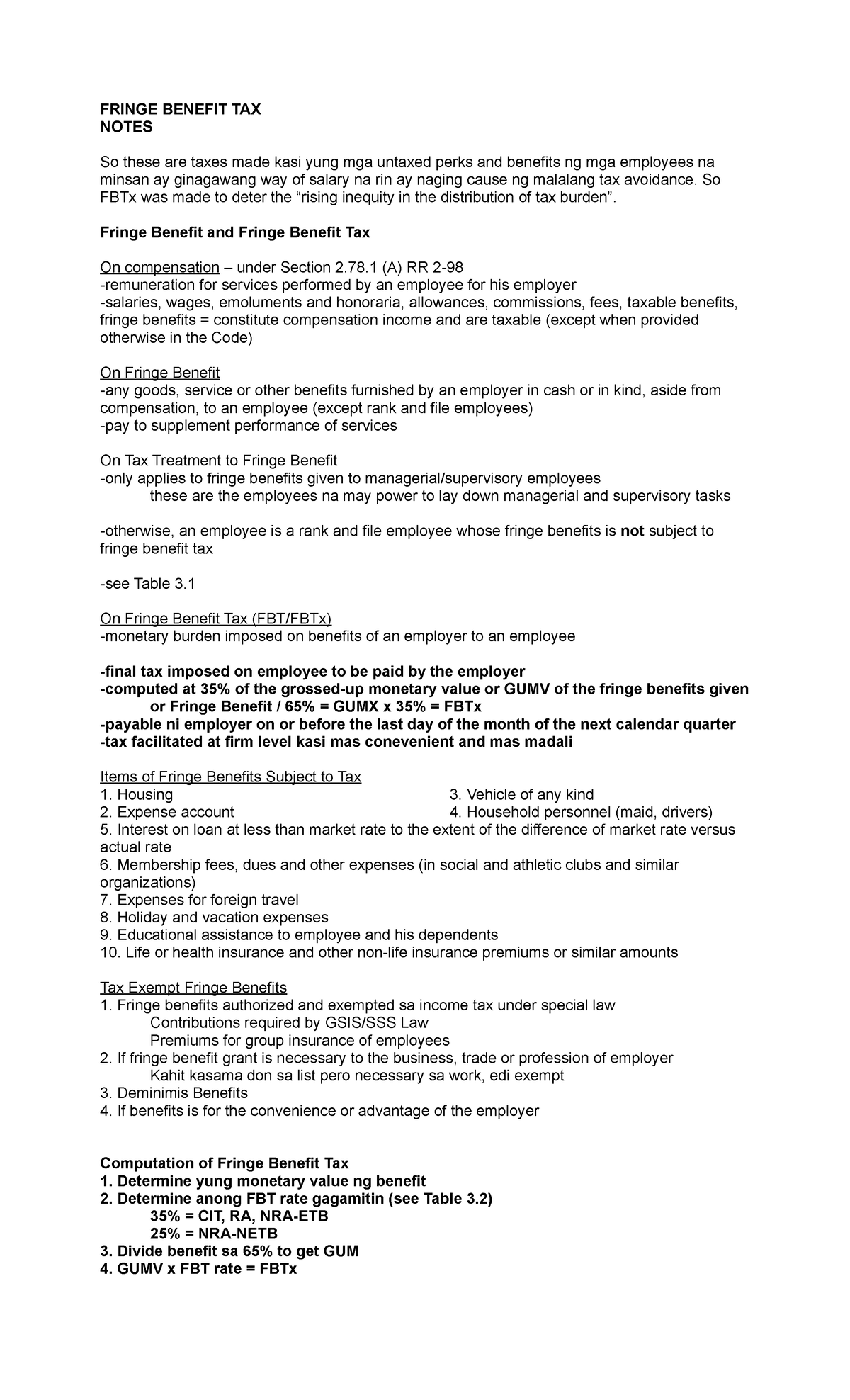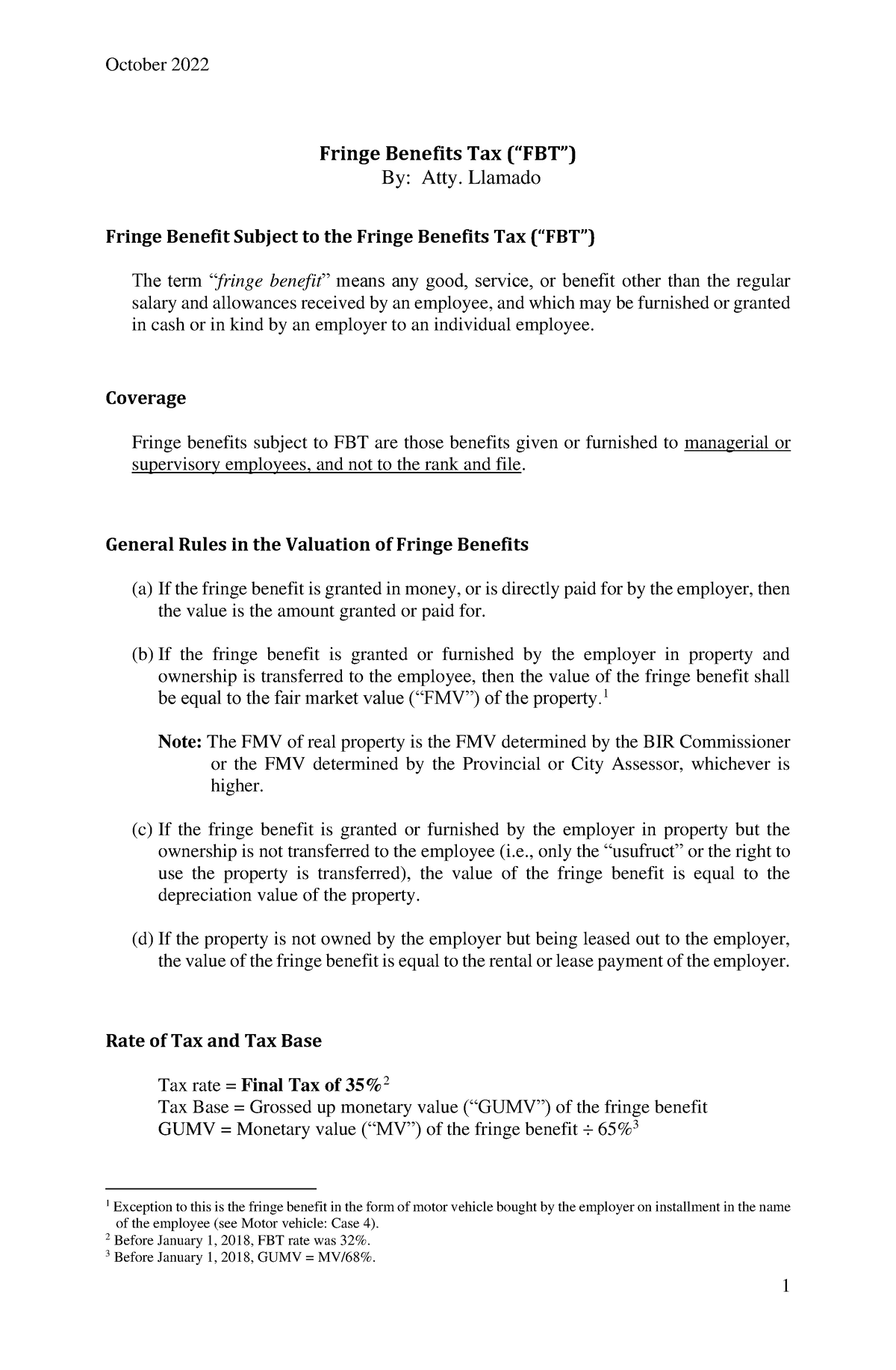
These values will generally stay the same for the period that begins with the first date you use this rule for the automobile and ends on December 31 of the fourth full calendar year following that date. If you provide any service other than maintenance and insurance for an automobile, you must add the FMV of that service to the annual lease value of the automobile to figure the value of the benefit. Neither the amount the employee considers to be the value of the benefit nor your cost for either buying or leasing the automobile determines its FMV. You don’t have to include the value of a telephone or any specialized equipment added to, or carried in, the automobile if the equipment is necessary for your business. However, include the value of specialized equipment if the employee to whom the automobile is available uses the specialized equipment in a trade or business other than yours. You can’t exclude the value of the use of consumer goods you provide in a product-testing program from the compensation you pay to a director.
Fringe benefits and imputed income: What employers should know
If you provide an automobile to an employee for a continuous period of less than 30 days, use the daily lease value to figure its value. Figure the daily lease value by multiplying the annual lease value by a fraction, using four times the number of days of availability as the numerator and 365 as the denominator. The annual lease values in the table are based on a 4-year lease term.
Why employers should embrace human capital management (HCM) strategies
When an employee receives valuable benefits from their employer, such as a company car, gym membership, or even certain types of insurance coverage, the IRS considers them a form of compensation. The actual value of fringe benefits provided during a calendar year (or other period as explained under Special accounting rule, earlier in this section) must be determined by January 31 of the following year. You must report the actual value on Form 941 (or Form 943, 944, or CT-1) and Form W-2. If you choose, you can use a separate Form W-2 for fringe benefits and any other benefit information. You can use the rule for some fringe benefits but not others. The period of use doesn’t need to be the same for each fringe benefit.
Which fringe benefits are tax-exempt for S-Corp owners?
It’s lumped in with regular income on official documents and taxed in the same manner. Measuring and taxing imputed income is the government’s way of ensuring that companies don’t dodge tax obligations by using expensive benefits to compensate employees. It’s easy to overlook fringe benefits as taxable income and most employees will have no idea what “imputed income” even means. If you’re filing tax returns, though, you need to make sure you know exactly what counts and what to do about it. You can choose not to withhold income tax on the value of an employee’s personal use of a highway motor vehicle you provided. You can withhold income tax from the wages of some employees but not others.
Worksheet 1. Figuring the Cost of Group-Term Life Insurance To Include in Income—Illustrated
This means that you need to track the value of each of your employee’s imputed income throughout the year. This is just like you normally would do with their regular wages. They are a great way for an employer to attract and retain the employees your business needs and many businesses around the US use these benefits.
This form of income is outside of their regular wages or salary. Other employee benefits, such as health insurance and health reimbursement arrangements (HRAs), aren’t subject to income taxes. If the insured is a chronically ill individual who isn’t terminally ill, accelerated death benefits paid on the basis of costs incurred for qualified long-term care services are fully excludable. Accelerated death benefits paid on a per diem or other periodic basis are excludable up to a limit. It applies to the total of the accelerated death benefits and any periodic payments received from long-term care insurance contracts.

Communication can be the key to keeping everyone informed and understanding that they’re still being paid correctly. You may be able to customize the name of additional pay items or add a message directly to pay stubs. You could also have your accounting (or payroll or HR) team reach out to your staff via email, (or whatever method you’re using to share internal messages).
- They can’t total more than the income you report and can be taken only if you itemize deductions on Schedule A (Form 1040).
- You and your employer agree that part of your salary is to be paid directly to one of your creditors.
- For certain government accident and health plans, payments to a deceased employee’s beneficiary may qualify for the exclusion from gross income if the other requirements for exclusion are met.
- The same rule applies to distributions of tax-exempt interest and capital gains.
- Automated expense management software makes it easy to categorize expenses and instantly pull up totals.
You can access tools to help you calculate payroll taxes and imputed income deductions. Plus, you can easily integrate your employee time tracking data so that your paychecks are consistently accurate. That way, you can be sure that you are IRS-compliant and that your workforce is fairly compensated at the end of each payment period. At Factorial, we understand how daunting payroll can be, especially if you’re a new, small business. Aside from making sure that you pay your employees the correct amount at the end of each payment period and reimburse any expenses, you also need to keep up to date with your payroll tax obligations as an employer.
Only $100,000 of the canceled debt may be excluded from income (the $300,000 that was discharged minus the $200,000 of nonqualified debt). If your financial institution offers a discount for the early payment of your fringe benefit imputed income mortgage loan, the amount of the discount is canceled debt. If a federal government agency, financial institution, or credit union cancels or forgives a debt you owe of $600 or more, you may receive a Form 1099-C.
If you contribute to a governmental unemployment compensation program and your contributions aren’t deductible, amounts you receive under the program aren’t included as unemployment compensation until you recover your contributions. If you deducted all of your contributions to the program, the entire amount you receive under the program is included in your income. Generally, you must include in income all unemployment compensation you receive.
If you don’t choose to have tax withheld from your unemployment compensation, you may be liable for estimated tax. If you don’t pay enough tax, either through withholding or estimated tax, or a combination of both, you may have to pay a penalty. If you’re a survivor of a public safety officer who was killed in the line of duty, you can exclude from income any amount received as a survivor annuity on account of the death of a public safety officer killed in the line of duty. Salary or wages received after the death of the employee are usually ordinary income to you. You had a recovery if there was a downward price adjustment or similar adjustment on the item for which you claimed a credit. If you recover an amount that you deducted in an earlier year when you were figuring your AGI, you must generally include the full amount of the recovery in your income in the year received.
